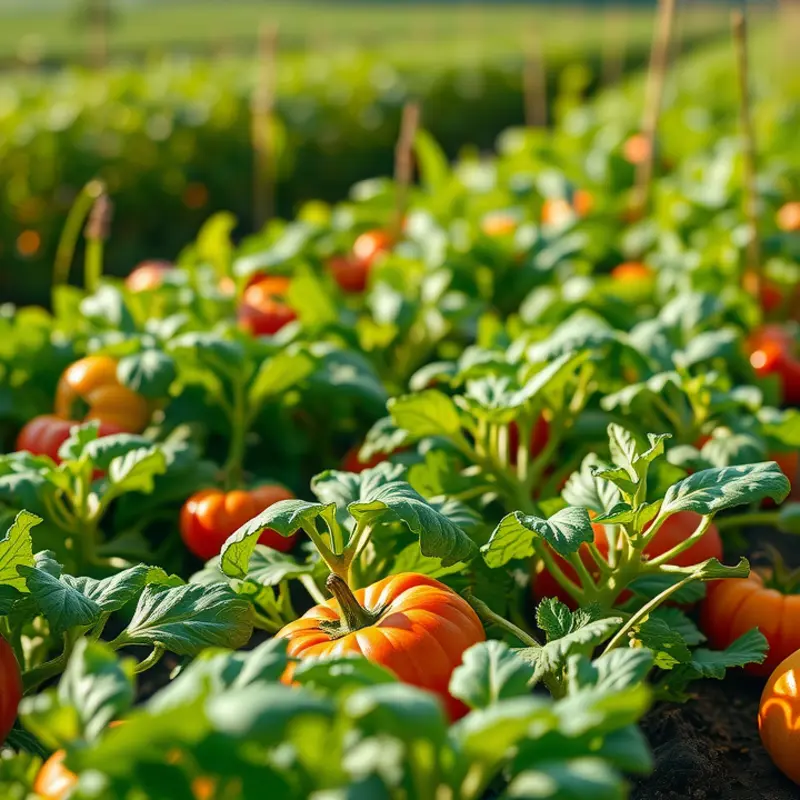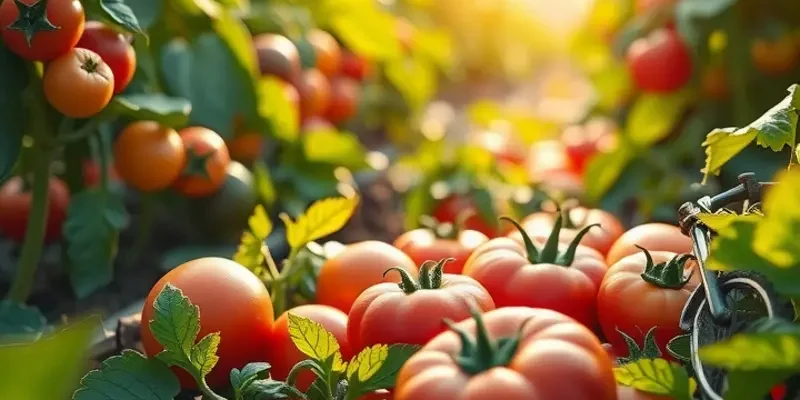Understanding how to visually identify spoiled foods is essential for maximizing food longevity and minimizing waste in the kitchen. By knowing the signs of spoilage, you can ensure safer food consumption and better manage your pantry. This guide offers practical tips for recognizing spoiled foods and includes effective storage solutions that you can implement immediately.
Understanding Spoilage: Signs and Symptoms

Spotting spoiled food is crucial not only for health but also for reducing waste. An understanding of visual indicators can guide you in determining whether foods should be consumed or discarded.
Fruits and Vegetables
Fresh produce displays vivid colors and firm textures. However, spoilage manifests as subtle or stark changes. For example, a shiny apple may develop dull, wrinkled skin, indicating dehydration. Bananas, in contrast, exhibit brown spots that later progress to mushy and blackened skin. Watch for browning edges on leafy greens, which show decay. Trust your senses: sour or off smells often accompany these visual changes.
Dairy Products
Milk, cheese, and yogurt have distinct spoilage signs. Milk initially smells sour and then curdles as it spoils. Dairy products develop mold, which varies in color from white to black. Cream and yogurt spoilage may also include separation of liquid where it didn’t exist before. Additionally, a rancid odor often accompanies these texture or color changes. Make sure to handle dairy safely and consider eco-friendly storage techniques, such as those discussed in this guide, to preserve freshness.
Meat and Poultry
Spoiled meat and poultry can pose significant health risks. Good meat is typically firm and red or pink, while chicken is pale pink. Spoilage is evident when meat exhibits a slimy film and unpleasant odor. Color changes such as gray or green hues suggest degradation. Poultry should also be checked for sour or ammonia-like smells. Be cautious and properly store meats to minimize spoilage risk.
Grains and Breads
Grains and bread have their telltale signs. Mold growth on bread is obvious, showing as green or black patches. Grains, when stale, emit a musty odor, and you might come across small insects in improperly stored grains. Texture also shifts: bread hardens as it goes stale, while grains and pasta appear clumpy if exposed to moisture.
Condiments and Sauces
Though often overlooked, these items require your attention. Changes in color or separation indicate a problem. Jars exhibiting bulging lids can suggest gas formation via bacterial activity. Conduct periodic checks and adhere to recommended storage practices to ensure safety and reduce waste.
Understanding and recognizing the signs of spoiled food is invaluable. Not only do these practices safeguard your health, but they also contribute to a more considerate approach to food consumption. By keeping these indicators in mind, you prioritize both safety and sustainability, fostering a mindful attitude toward your food habits.
Storing Food to Prevent Spoilage

To extend the life of your groceries, tightening up on storage strategies is crucial. Correct temperature settings can significantly impact freshness, with most refrigerators best set between 37°F and 40°F. Freezers should sit at 0°F. Keep thermometers handy to ensure consistency. For those looking to further their eco-smart practices, consider exploring how efficient storage contributes to sustainability here.
Understanding food categories and their specific needs can also minimize spoilage. Dairy products demand consistent cold, hence placement in the main body of the fridge is preferable. Avoid the door where temperatures fluctuate. Vegetables thrive best in high-humidity drawers, whereas fruits prefer low-humidity conditions. Quick access guides can help sort items into optimal zones.
Using the right containers can make a marked difference in food preservation. Opt for airtight containers made of glass or BPA-free plastic to seal in freshness and lock out moisture. For dried goods, glass jars provide excellent visibility and maintain airtight conditions, extending their shelf life significantly. Vacuum-sealing is another method worth exploring, particularly for bulk purchases or meat storage, removing air and thereby slowing oxidization.
Proper organization within storage spaces is equally key. Regular audits of your pantry are advisable; keep cereals, nuts, and grains in cool, dark spots to stifle deterioration. Check expiration dates frequently and adhere to FIFO—first in, first out—to minimize waste. In refrigerators, stash like items together to streamline finding them and maintaining order.
Creating a strategic plan for leftovers is another method to curb spoilage. Dedicate a space specifically for these in the fridge, making them visible and reducing the possibility of them being overlooked. Label containers with the date to track how long they’ve been stored, helping you avoid consuming spoiled items inadvertently.
Incorporating these strategies into your kitchen routine not only sustains freshness but also contributes to a lower environmental impact. With food waste being a significant ecological concern, taking these preventive steps ensures your household is doing its part in reducing unnecessary waste. While every kitchen is different, these general practices are flexible enough to fit varied lifestyles, offering both practical and environmental benefits.
Final words
Identifying spoiled foods visually is a crucial skill for anyone looking to manage food waste effectively. By paying attention to changes in color, texture, and odor, you can make informed decisions about your groceries. Additionally, implementing proper storage techniques helps keep your food fresher for longer, allowing you to enjoy nutritious meals and save money. Prioritize visual inspection when handling food, and you’ll find yourself minimizing waste and maximizing the enjoyment of fresh, quality produce.







